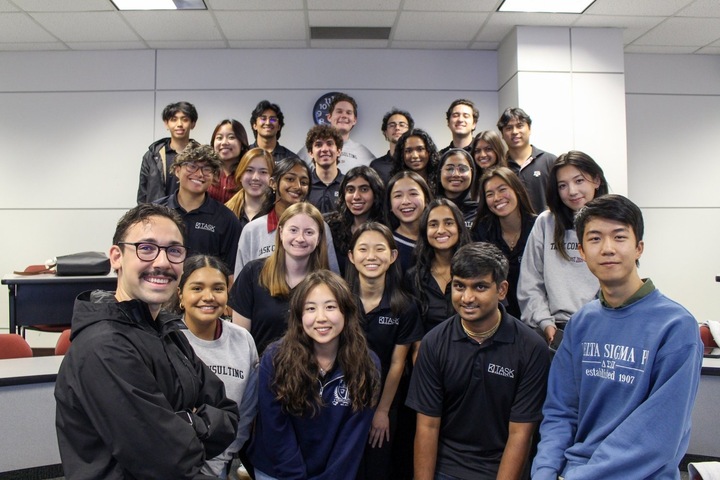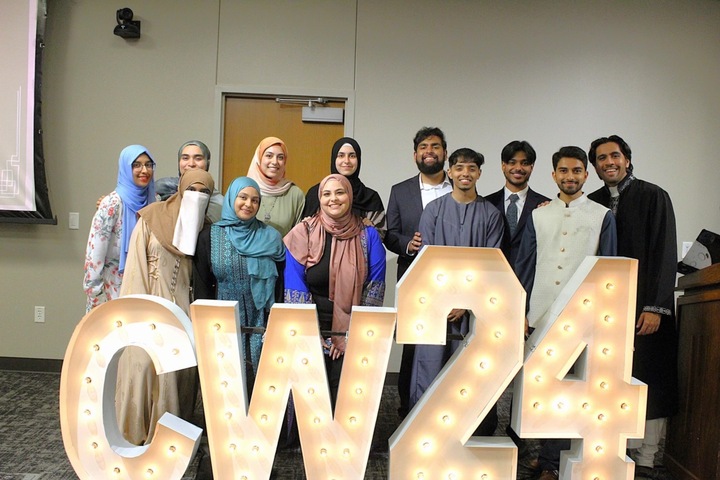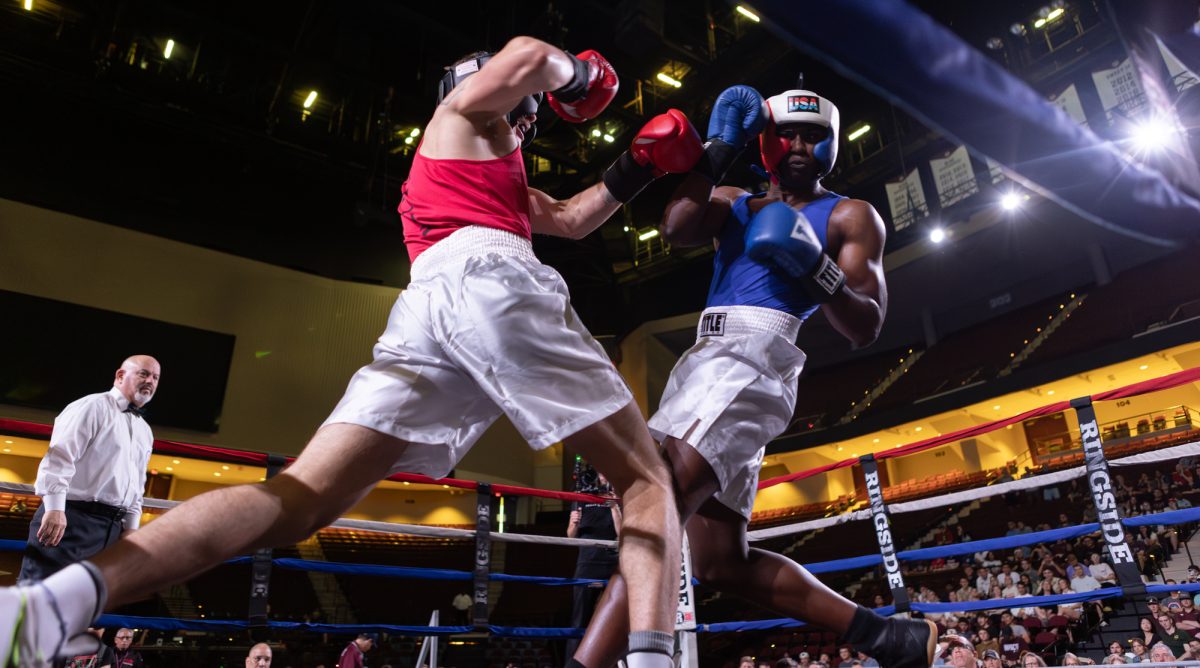Traditions are essential to the culture of Texas A&M, and with Bonfire, both old and new students come together to honor the memory.
Bonfire represented the Aggies “burning desire” to beat the University of Texas in football, but gradually became a symbol for the relationships between Aggies, according to the Bonfire memorial website. It burned yearly until the collapse in 1999 which caused the death of 12 Aggies and injured 27. Aggies who were on campus during this time remember the pain felt throughout campus and the ways the community came together to heal. Student Bonfire continues, and although they are now located off-campus, students can still participate in the event.
Gina Teafatiller, Class of 2001, said she remembers hearing about Bonfire while driving in her car to campus.
“They had done some sort of compilation song already,” Teafatiller said. “It was heart-wrenching. I just was crying in my car because it was just so sad to hear the news.”
Campus felt different on the day after Bonfire, Teafatiller said, and many Aggies needed time to grieve.
“I remember going to one of my classes, and the professor was just clearly heartbroken as well,” Teafatiller said. “She just looked at us and said, ‘You know what? I don’t really feel like being here today.’”
Teafatiller said traditions are an integral part of A&M culture, and despite the tragedy, continued to stay strong together.
“There’s so many special traditions that make the school what it is,” Teafatiller said. “Even though it was heartbreaking, it didn’t break us.”
To students currently on campus, Teafatiller said it’s important to remember the Aggie community in times of hardships.
“Just really appreciate the people around you and what you have,” Teafatiller said. “All of that kind of fellowship that you have around you is just so special and valuable.”
Autumn Hardin, Class of 2001, said she previously went out to cut and stack for Bonfire with her roommate, who was at Bonfire when it fell.
“My roommate and I lived in Neely, and she was the crew chief for our dorm,” Hardin said. “When it fell, she wasn’t seriously injured.”
Hardin said she was at her sorority house when she first heard about the Bonfire tragedy.
“I remember having the news on and it was dark outside. It was really early in the morning and I was watching in disbelief,” Hardin said.
Seeing the community come together afterwards to heal was important, and Hardin said a lot was done both on and off campus to honor the Aggies who passed.
“Immediately afterwards, everyone created a memorial and people brought stuff for it,” Hardin said. “That year, when we were supposed to actually have Bonfire, we had memorial instead.”
Dion McInnis, Class of 2003, is a member of the board of directors at Student Bonfire and said bonfire, to him, means learning vital skills through experience.
“It doesn’t mean sacrifice. It means learning what sacrifice is and what leadership is,” McInnis said.
Some traditions of student bonfire include taping the freshmen’s legs, McInnis said, which is used to make sure the freshman is safe and has the best Bonfire experience.
“Every bonfire is for the fish, so with those stripes, I can say, ‘You’re somebody who I should send on a fun errand, so that you can go meet people,’” McInnis said.
McInnis said the students are incredibly important for keeping traditions alive at A&M, and without them, the campus wouldn’t be where it is today.
“The truth that has always existed at A&M is that it is the students who created everything that matters,” McInnis said. “Former students across generations are incredibly proud of what the Bonfire Aggies are doing today.”




![[ photo by JP Beato III ] http://www.jpbeato.com](https://thebatt.com/wp-content/uploads/2022/11/2c269f6ed4b64c2f0d2fd6ff8ab8b426-1200x818.jpg)





